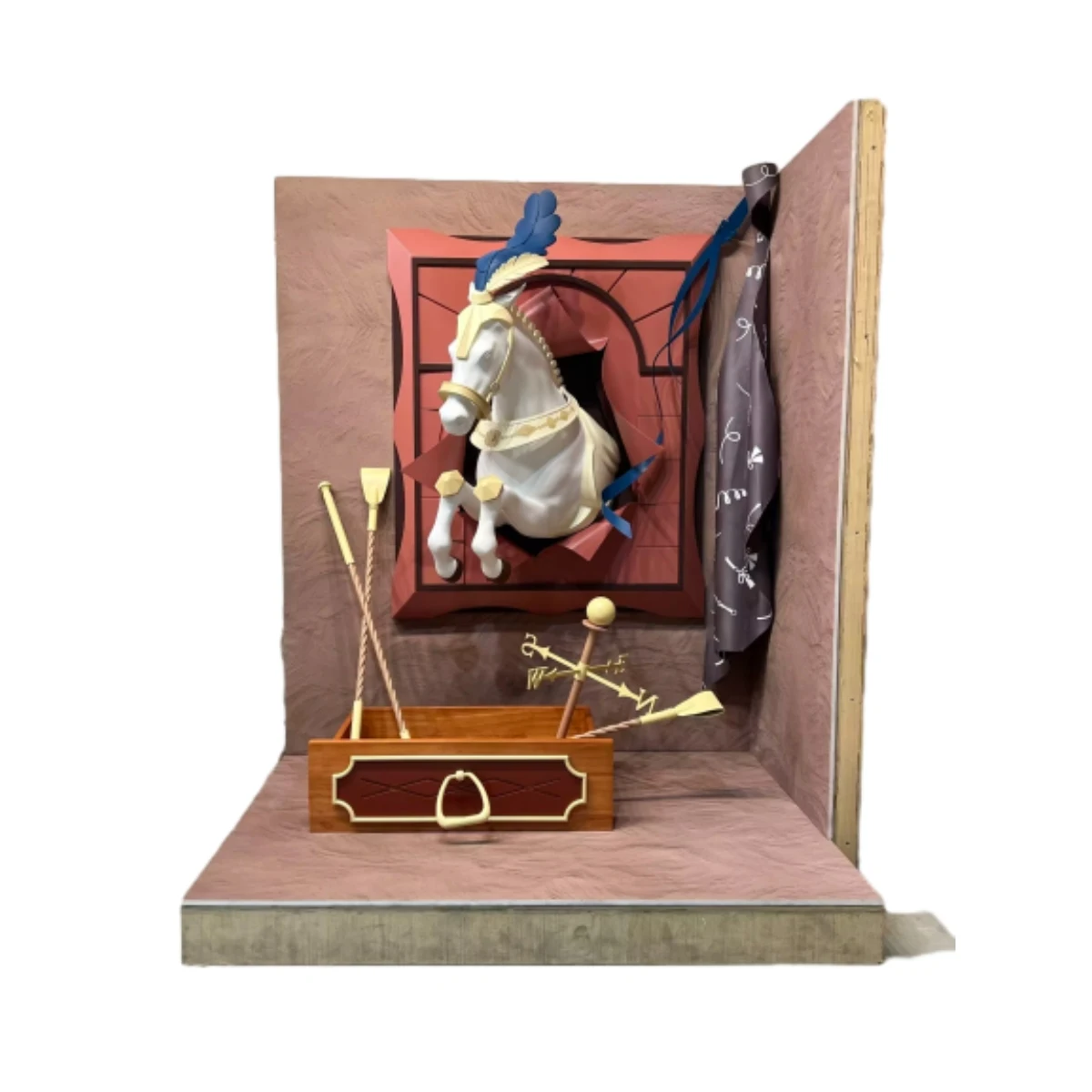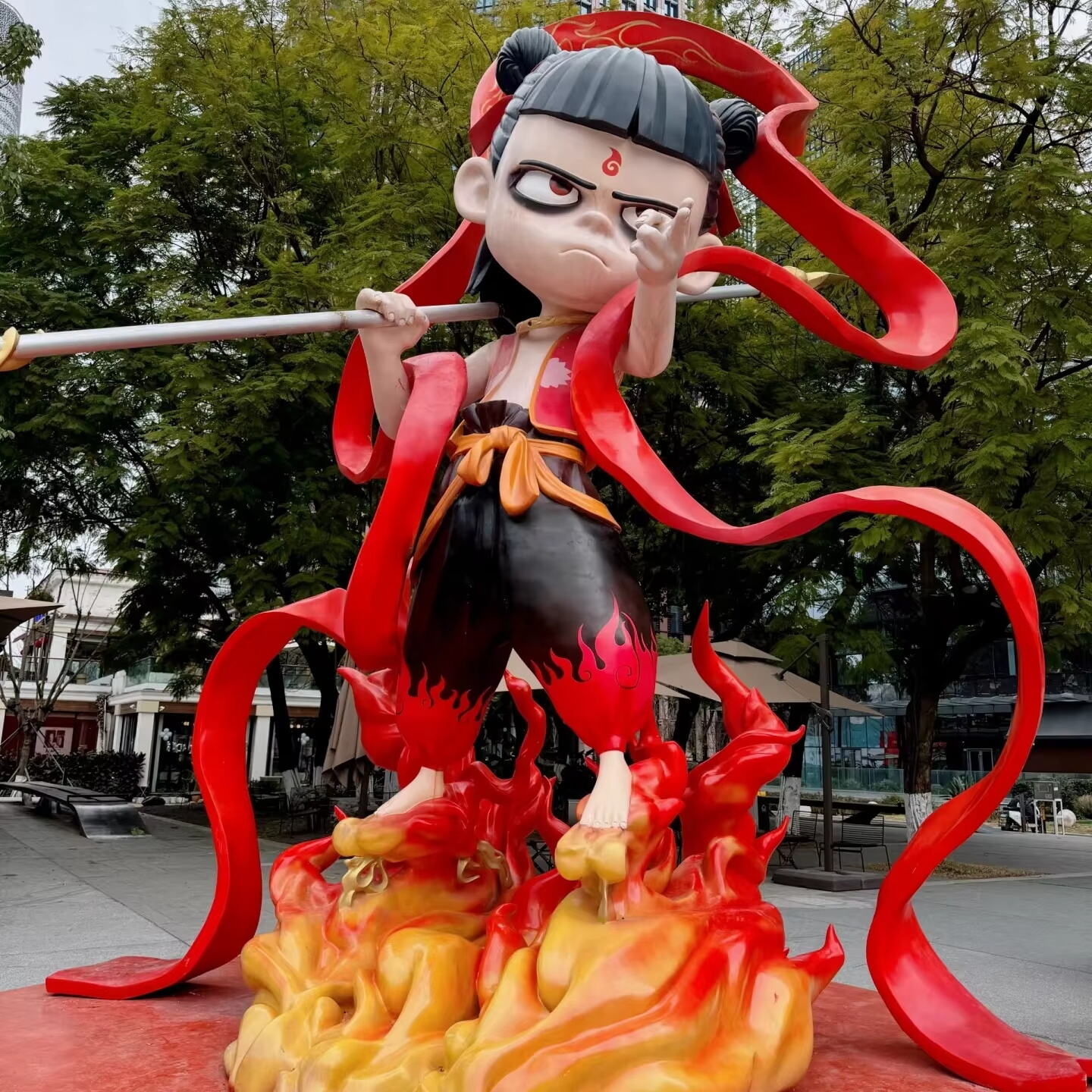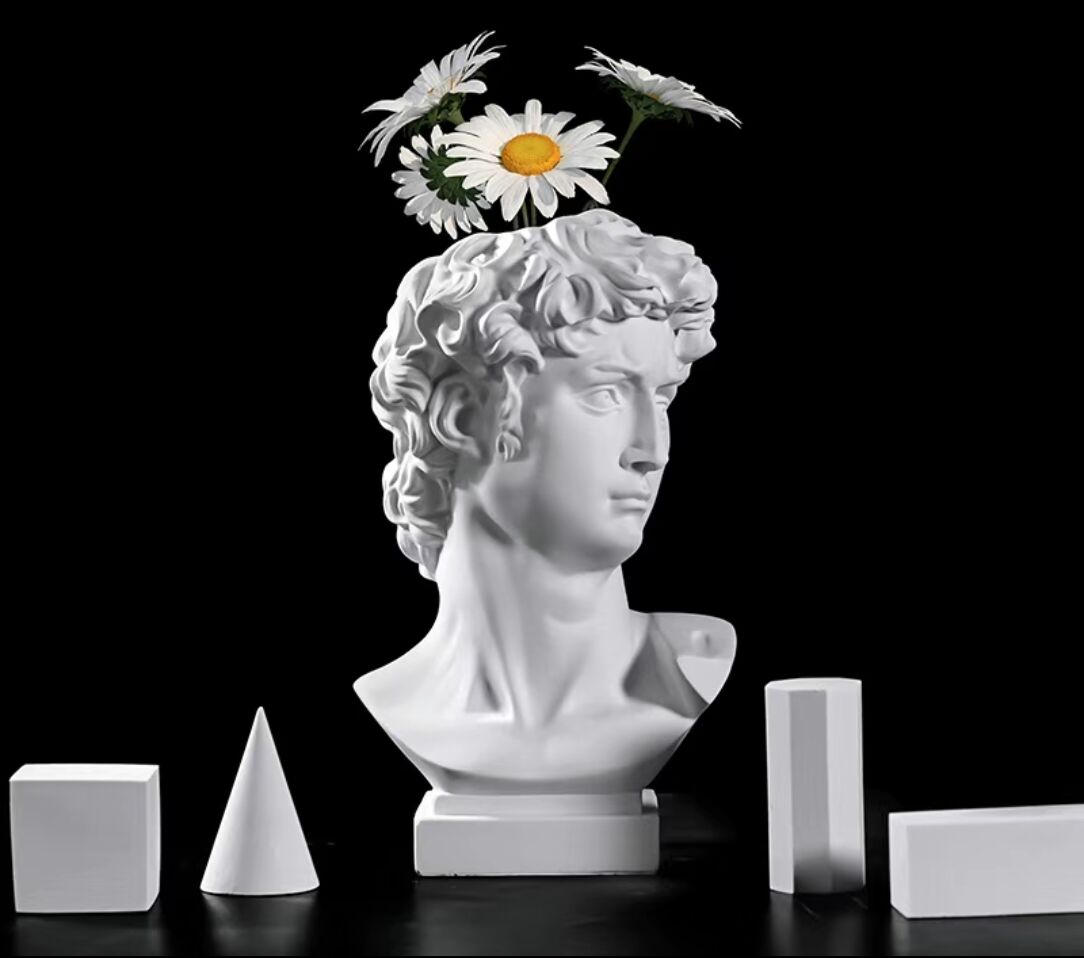michelangelo sculptures
Michelangelo's sculptures represent the pinnacle of Renaissance art, showcasing unparalleled mastery of marble carving and human anatomy. His works, including the iconic David, Pieta, and Moses, demonstrate extraordinary technical skill in transforming raw stone into lifelike figures. These masterpieces are characterized by their dramatic poses, emotional expressiveness, and incredible attention to anatomical detail. The sculptor's innovative technique of direct carving, without using preliminary full-scale models, allowed him to 'free' the figure he envisioned within the stone. His sculptures feature remarkable surface treatments, from highly polished smooth areas to roughly textured sections, creating dynamic visual and tactile contrasts. Michelangelo's works often incorporate the concept of 'non-finito' (unfinished), where certain parts remain deliberately incomplete, adding to their dramatic impact. His sculptures typically portray idealized human forms with perfect proportions, reflecting both classical influences and his own anatomical studies. The scale of his works ranges from intimate pieces to monumental figures, each demonstrating his ability to work with massive marble blocks while maintaining precise detail and graceful movement.












